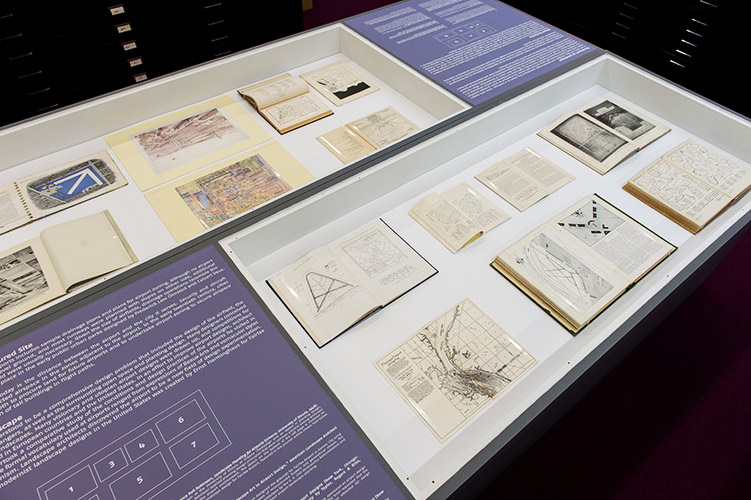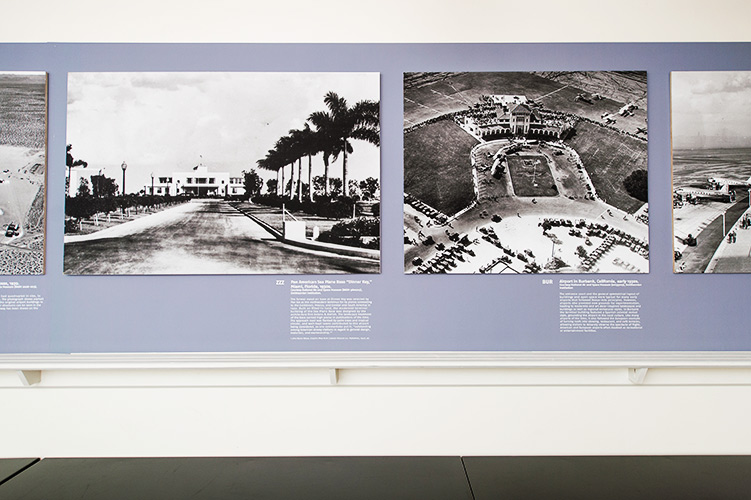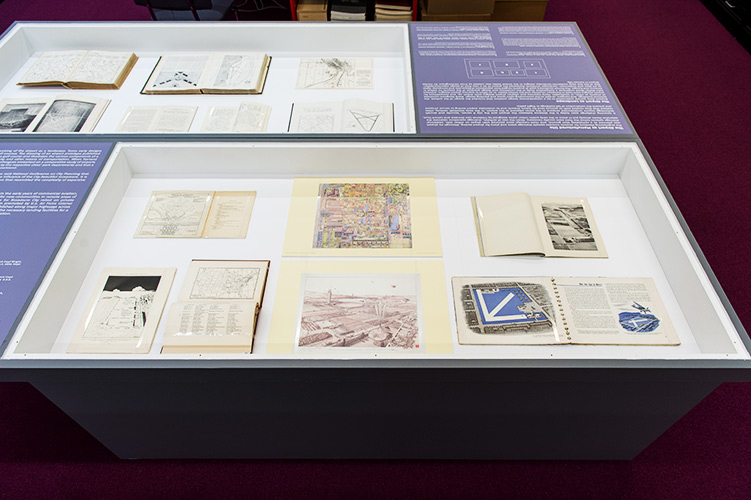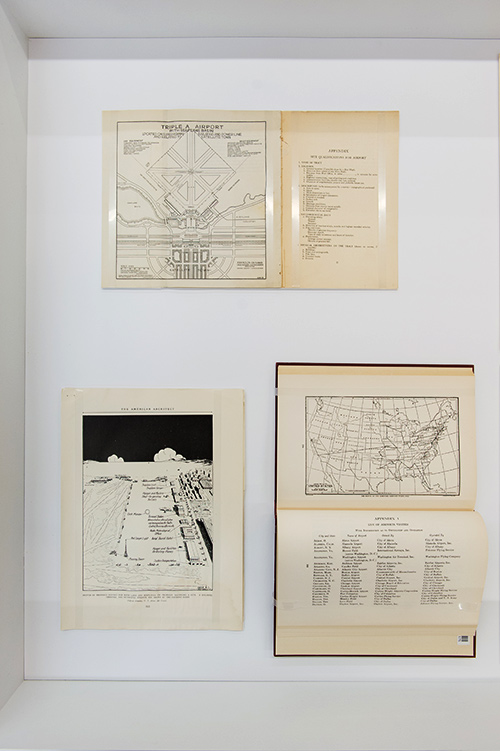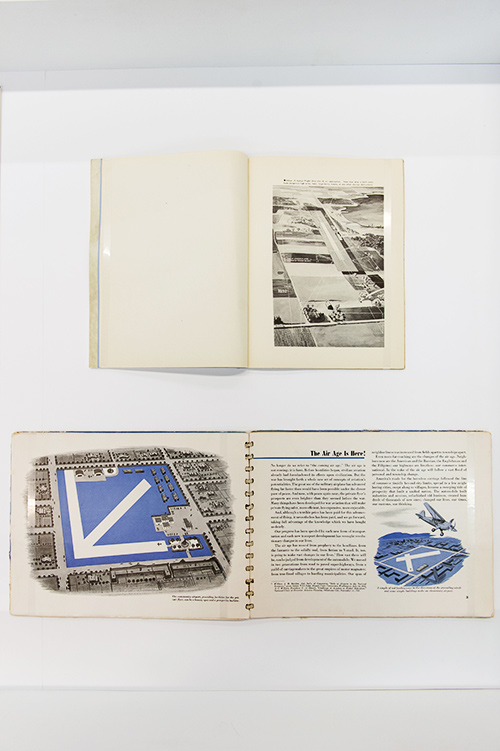Airport Landscape: From Airfields to Greenfields
A Genealogy of Airport Landscape
October 30, 2013–March 25, 2014
Sonja Dümpelmann, curator
In the early decades of powered flight, the open fields used for the first flying experiments were turned into simple, level airfields and finally developed into designed airport landscapes. Designers quickly realized that the future of aviation was on the ground.
The Airport as Manufactured Site
Development of early airfields and the first airports was considered primarily an engineering task. They were manufactured sites where the ground had to be leveled and drained. Grass surfaces that could bind dust were considered advantageous, especially when the grass cover was kept short by pasturing sheep that also compacted the soil. Airplanes could take off and land in all directions on these fields, depending on the wind direction often indicated by a smoke pot in the middle of the field.
The Airport as Landscape
With the beginning of commercial air transportation, these sites had to be adapted to the heavier and more powerful aircraft and their technical requirements through the construction of paved runways. They also had to be designed to attract an increasing number of air travelers and evoke a sense of security. Airports became a comprehensive design problem. Some landscape architects and planners associated airports with public urban parks and considered the airport a landscape and part of the park system.
Airport Territories
Early visions of the United States becoming an airpark nation, where the private helicopter or plane would replace the automobile, gained momentum in the years after World War II. Cities planned heliports, developers and oil companies promoted the idea of airparks-small communities that would be dependent on private aviation, and plans were made to apply the flight strips program initiated by the military to civilian use in peacetime.
